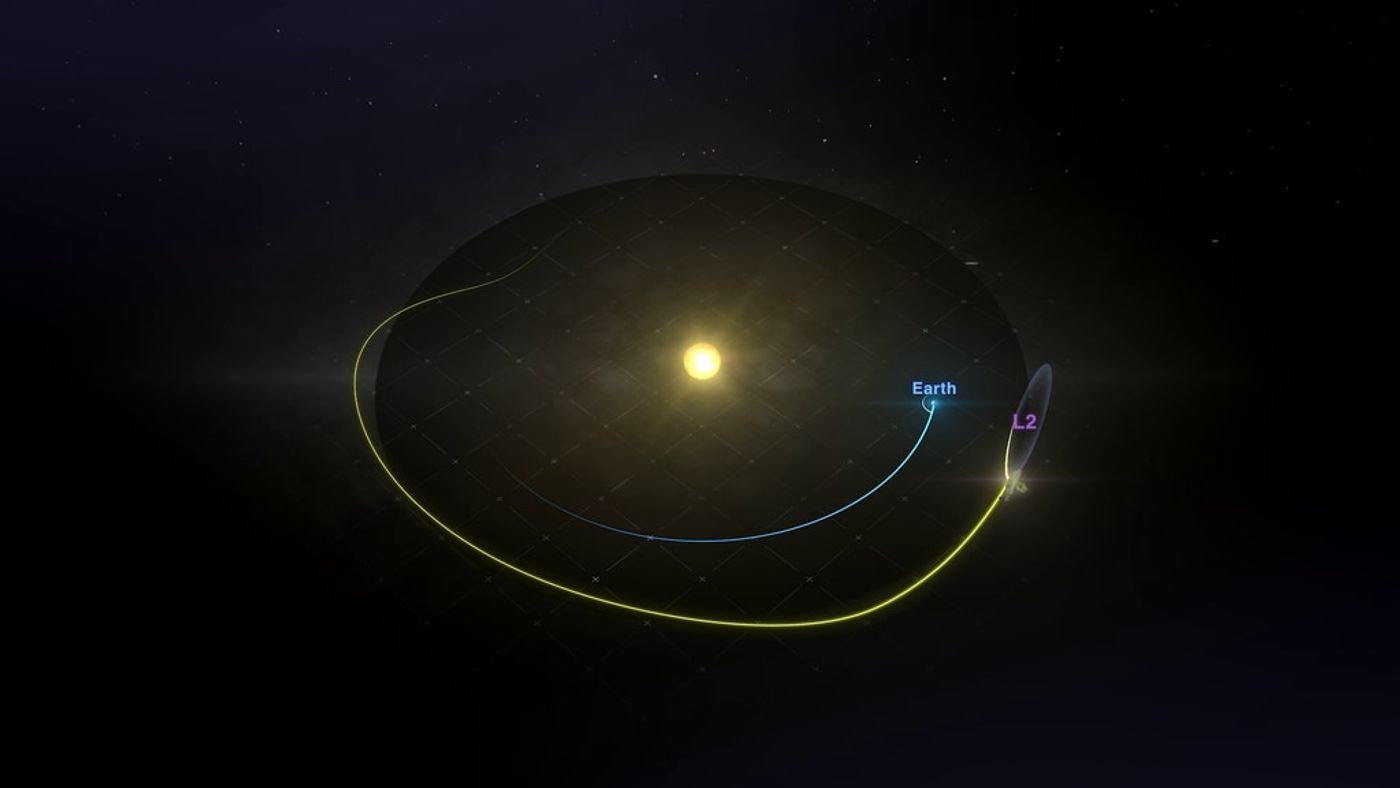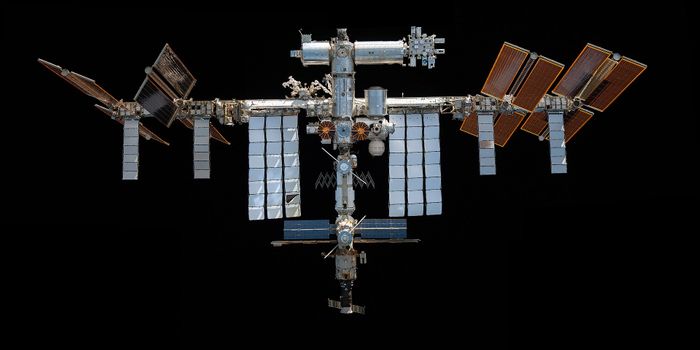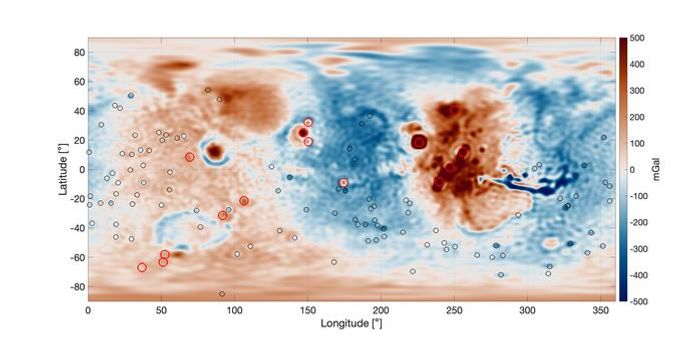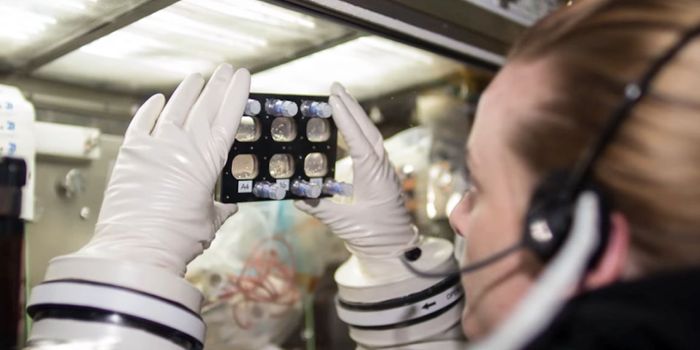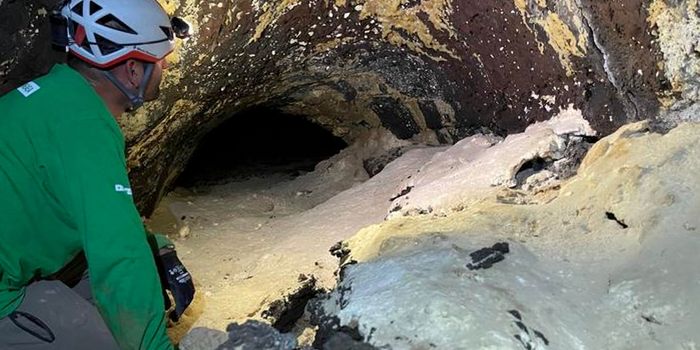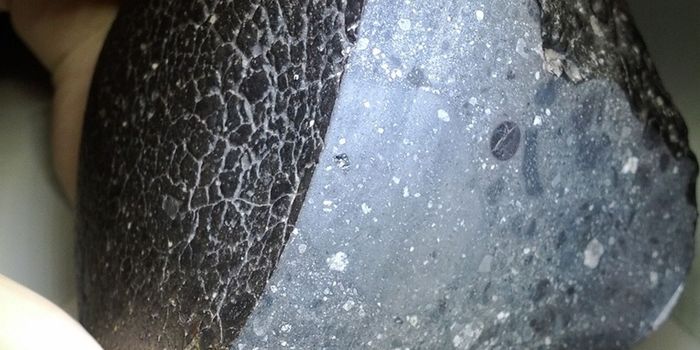You Can Follow NASA's Webb Telescope On Its Journey Through Space
After a long series of delays and pushbacks, the James Webb Space Telescope successfully launched into space this past Christmas Day. Now, as it journeys past our Moon and towards its final orbiting location, you can follow its progress and current status with NASA’s “Where is Webb?” webpage. It will take Webb about a month from its initial launch to reach its destination, and, in the meantime, it will undergo a host of deployment steps which will be reported live on the NASA status page. From time elapsed to current speed – a swift 0.6 miles per second – to videos of the ongoing deployments or changes, the site presents a fun range of variables and resources that summarize Webb’s extraterrestrial status.
The high-powered, cutting-edge technology housed on Webb will allow scientists to take high resolution images of a wide variety of space stuff, including some of the Universe’s oldest observable galaxies. Being a space telescope like Hubble, Webb will have an advantage over telescopes on Earth which have to peer through our obscuring atmosphere. In space, there aren’t miles of air and relatively thick gas which scatter light and get in the way of seeing faraway celestial bodies. While our atmosphere certainly makes living nice, by protecting us from the Sun’s most harmful rays and providing us breathable air, it can certainly hamper our ability to see the rest of the Universe.
While Webb is heading out to space to get a better view, it is not going to just any old spot. Because we want to constantly be in connection and communication with the telescope, its new home will have to be consistently near the Earth. Scientists have chosen a specific point of orbit, a stable area called a Lagrange point, to park Webb. The telescope will be orbiting around what is called the second Lagrange point or L2, the endpoint of a line segment that stretches from the Sun and through the Earth.
Hubble was in many ways a face for space exploration and discovery for a generation. While it is wondrous that Hubble continues its mission to this day and beyond, the James Webb Space Telescope will be our next collective step of space research. Hopefully, Webb can serve to be just as inspiring as its pseudo-predecessor, advancing our understanding of our universal home and touching the hearts and minds of all the people that reside here.
Source: NASA
Banner Image Source: NASA
Article Image Source: NASA’s Goddard Space Flight Center
